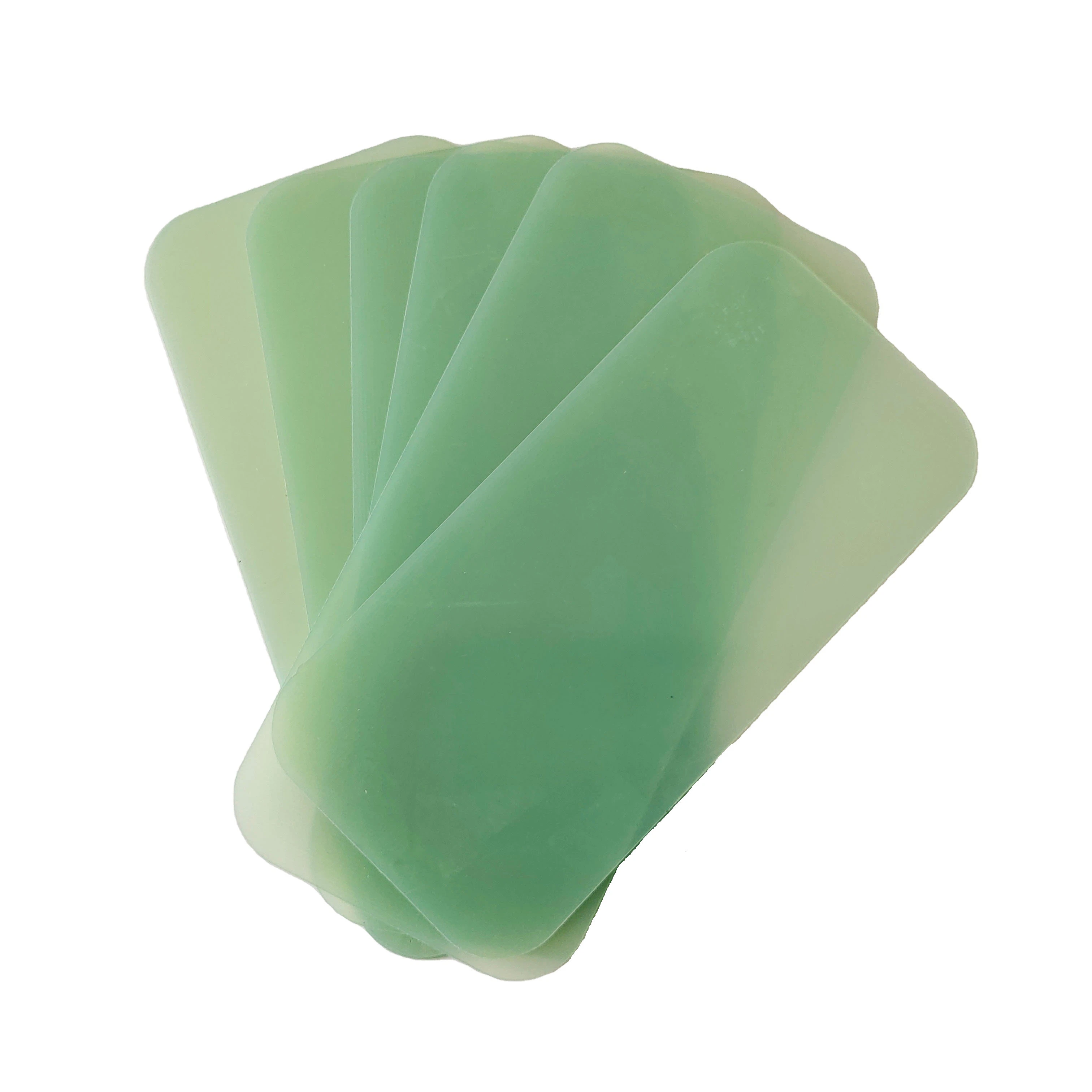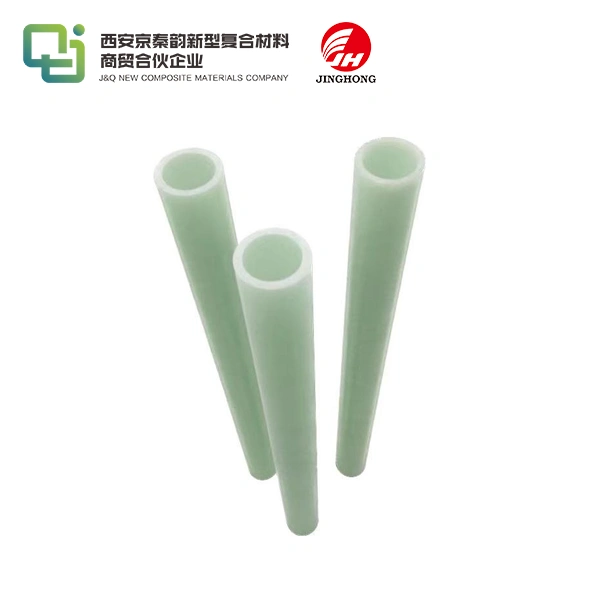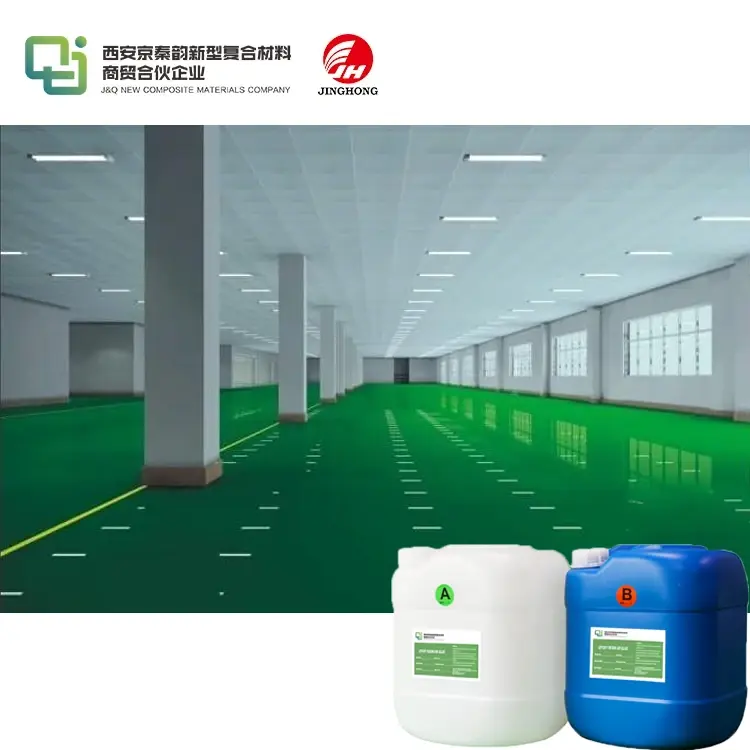3240 epoxy sheet: choosing the right specification and size
2025-02-05 17:27:32
Selecting the appropriate 3240 epoxy sheet for your application requires careful consideration of specifications and sizes. This high-performance material, known for its excellent electrical insulation and mechanical properties, comes in various thicknesses and dimensions to suit diverse industrial needs. To make an informed decision, evaluate factors such as dielectric strength, temperature resistance, and mechanical load requirements. Consider the specific environmental conditions and operational demands of your project. Consulting with experienced manufacturers or suppliers can provide valuable insights into optimal sheet specifications and sizes, ensuring you choose a 3240 epoxy sheet that delivers superior performance and longevity in your intended application.
Understanding 3240 Epoxy Sheet Properties
Chemical Composition and Structure
3240 epoxy sheets are composed of a unique blend of epoxy resins and glass fiber reinforcement. This combination results in a material with exceptional electrical insulation properties and robust mechanical strength. The epoxy matrix provides excellent resistance to chemicals, moisture, and thermal stress, while the glass fiber reinforcement enhances overall durability and dimensional stability. The cross-linked polymer structure of 3240 epoxy sheets contributes to their superior heat resistance and ability to maintain performance under challenging conditions.
Electrical Insulation Characteristics
One of the primary attributes of 3240 epoxy sheets is their outstanding electrical insulation capability. These sheets exhibit high dielectric strength, typically ranging from 20 to 25 kV/mm, making them ideal for applications in high-voltage environments. The material's low dielectric constant and dissipation factor ensure minimal energy loss in electrical systems. Moreover, 3240 epoxy sheets maintain their insulating properties across a wide temperature range, enhancing their reliability in diverse operational settings.
Mechanical and Thermal Properties
3240 epoxy sheets boast impressive mechanical properties, including high flexural and tensile strength. Their ability to withstand substantial mechanical loads without deformation makes them suitable for structural applications in electrical equipment. The material's low coefficient of thermal expansion contributes to dimensional stability under temperature fluctuations. With a heat deflection temperature typically exceeding 200°C, 3240 epoxy sheets retain their mechanical integrity even in high-temperature environments, ensuring long-term performance and reliability.
Factors Influencing Specification Selection
Application-Specific Requirements
When choosing 3240 epoxy sheet specifications, it's crucial to consider the specific demands of your application. Different industries and uses may require varying levels of electrical insulation, mechanical strength, or chemical resistance. For instance, aerospace applications might prioritize lightweight yet robust sheets, while power distribution systems may focus on superior dielectric properties. Analyze your project's operational parameters, including voltage levels, mechanical stresses, and environmental exposures, to determine the most suitable specifications for optimal performance and longevity.
Environmental Considerations
The environment in which the 3240 epoxy sheet will be utilized plays a significant role in specification selection. Factors such as temperature extremes, humidity levels, and exposure to chemicals or UV radiation can impact the material's performance over time. For outdoor applications, consider sheets with enhanced UV resistance to prevent degradation. In humid or corrosive environments, opt for specifications with superior moisture and chemical resistance. Understanding the potential environmental stressors will help you choose a 3240 epoxy sheet that maintains its properties and functionality throughout its intended lifespan.
Regulatory Compliance and Industry Standards
Adhering to relevant regulatory requirements and industry standards is essential when selecting 3240 epoxy sheet specifications. Different sectors, such as aerospace, electrical, or automotive industries, may have specific standards governing the use of insulating materials. Ensure that the chosen specifications meet or exceed these requirements to guarantee compliance and safety. Consider certifications like UL (Underwriters Laboratories) or IEEE (Institute of Electrical and Electronics Engineers) standards, which can provide assurance of the material's quality and performance in specific applications.

Determining the Optimal Size
Dimensional Analysis for Efficient Material Utilization
Selecting the appropriate size of 3240 epoxy sheets involves a thorough dimensional analysis of your project requirements. Consider the dimensions of the components or structures where the sheet will be applied. Optimal sizing not only ensures proper coverage but also minimizes waste and reduces production costs. Evaluate the possibility of using standard sheet sizes to avoid custom cutting, which can increase expenses. For complex geometries, consider the feasibility of using multiple smaller sheets versus a single large sheet, balancing factors such as joint integrity and overall structural performance.
Thickness Considerations for Performance and Weight
The thickness of 3240 epoxy sheets significantly influences their performance characteristics and weight. Thicker sheets generally offer enhanced electrical insulation and mechanical strength but come at the cost of increased weight and reduced flexibility. Conversely, thinner sheets provide better conformability to curved surfaces and reduced weight but may compromise on insulation capacity or structural integrity. Strike a balance between the required performance metrics and practical considerations such as weight limitations or installation constraints. In some cases, a layered approach using multiple thinner sheets might offer an optimal solution, combining strength with flexibility.
Customization Options for Specialized Applications
For applications with unique requirements, exploring customization options for 3240 epoxy sheets can yield significant benefits. Many manufacturers offer tailored solutions, including custom sizing, special surface treatments, or modified compositions to meet specific performance criteria. Consider the possibility of pre-cut shapes or pre-drilled holes to simplify installation and reduce on-site fabrication. While customization may incur additional costs, it can lead to improved efficiency, reduced waste, and enhanced performance in specialized applications. Engage with experienced suppliers to discuss potential customization options that align with your project's unique demands and constraints.
Conclusion
Selecting the right specification and size for 3240 epoxy sheets is a critical decision that impacts the performance, reliability, and cost-effectiveness of your application. By carefully considering factors such as electrical and mechanical properties, environmental conditions, and dimensional requirements, you can ensure optimal material selection. Remember to balance performance needs with practical considerations like weight, installation ease, and regulatory compliance. Leveraging the expertise of reputable manufacturers and staying informed about industry advancements will help you make informed decisions, ultimately leading to superior outcomes in your projects utilizing 3240 epoxy sheets.
Contact Us
Ready to find the perfect 3240 epoxy sheet for your application? Our team of experts is here to help you navigate the selection process and ensure you get the right specifications and sizes for your needs. Contact us today at info@jhd-material.com to discuss your project requirements and discover how our high-quality 3240 epoxy sheets can elevate your application's performance.
References
1. Johnson, L.M. & Smith, R.K. (2021). Advanced Insulating Materials in Electrical Engineering. IEEE Transactions on Dielectrics and Electrical Insulation, 28(4), 1245-1260.
2. Zhang, Y., et al. (2020). Epoxy-Glass Composites: Properties and Applications in Modern Industries. Journal of Composite Materials, 54(15), 2089-2105.
3. Brown, A.C. (2022). Selecting Insulation Materials for High-Voltage Applications: A Comprehensive Guide. Electrical Insulation Magazine, 38(2), 18-32.
4. Patel, S. & Nguyen, T.H. (2021). Thermal and Mechanical Properties of Epoxy-Based Composites for Aerospace Applications. Composites Science and Technology, 201, 108534.
5. Müller, K.F., et al. (2020). Environmental Factors Affecting the Long-Term Performance of Epoxy Insulation Materials. IEEE Electrical Insulation Conference (EIC), 112-115.
6. Chen, X. & Wilson, J.R. (2022). Customization Strategies for High-Performance Insulating Materials in Specialized Industries. Industrial & Engineering Chemistry Research, 61(18), 6372-6385.







